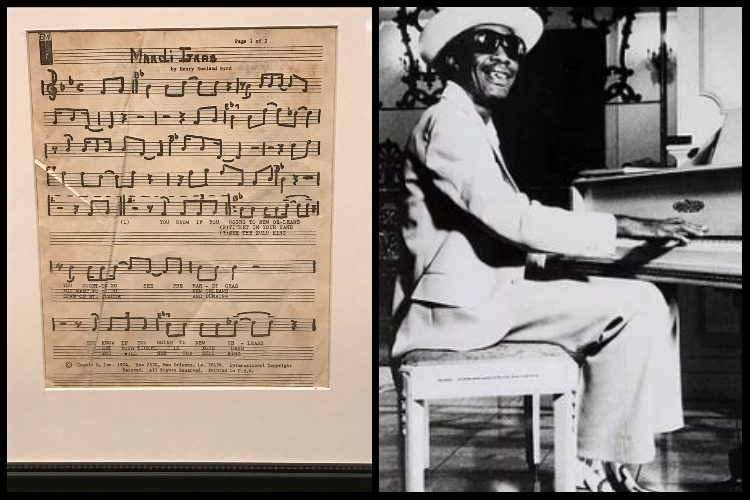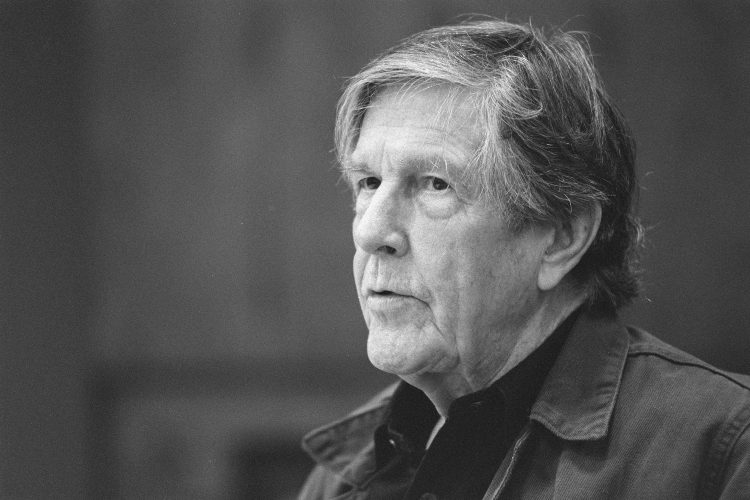2020 PostGenre Hall of Fame Inductee: Professor Longhair’s “Mardi Gras in New Orleans”
|
Getting your Trinity Audio player ready...
|
At the mouth of the mighty Mississippi, New Orleans has always been a cultural melting pot. French, Spanish, Native American, African, and other influences blend to create art, music, food, and more that are unique and diverse. The city’s version of the Blues was not immune. Most Blues forms lacked complex polyrhythmic structures. And the instrument of choice also differed. In The Mississippi Delta, Chicago, and elsewhere, the guitar was king. In the Crescent City, it was the piano. And one of its finest practitioners was Professor Longhair.
“Fess” was born in 1918 with the name Henry Roeland Byrd. He began playing music as a boy upon finding a busted piano sitting in an alley. His distinctive style of playing was influenced by learning on an instrument that was missing some keys. By 1948 he dedicated his life to music. But as journalist Tony Russell “[t]he vivacious rhumba-rhythmed piano blues and choked singing typical of Fess were too weird to sell millions of records.” Unusual for the time indeed; he took 1930s boogie-woogie and added rhythms from rumba, mambo, and calypso. Longhair would also often kick the piano for effect, sometimes with such power that he would make holes in the instruments’ base. The eccentricity of his music ultimately kept him from finding a strong following. It required him to give up on his musical aspirations and take a janitorial job at a record store. But he did find some well-deserved recognition later in life, with the help of the Allison Miner and the New Orleans Jazz and Heritage Foundation.
Professor Longhair wrote several excellent compositions, including the iconic “Tipitina,” but his most historically consequential was 1949’s “Mardi Gras in New Orleans.” Although the initial recording was not released as planned- he needed to re-record it a decade later – it made its mark. Danceable yet complicated grooves, extended chord vamps, empowered improvised solos, and cultural melding took existing music to new areas. The result influenced future New Orleans pianists, including Fats Domino, James Booker, Huey “Piano” Smith, and Allen Toussaint. And it served as a theme for one of the city’s proudest festivals.
Even more importantly, it laid the basis for a new style. As another follower, Dr. John, would note, Longhair “put funk into music.” The term “funk” – believed to have developed from either the Central African “lu-funki” or Kikongo “lu-fuki”- had long been in existence. The term had even been used in early Twentieth Century song titles like Buddy Bolden’s “Funky Butt.” But the term did not represent a style. It was only through mixing the different sonic flavors- paralleling the delicious cuisine of his home- that Fess gave musical significance to the term. From the Meters and James Brown to Parliament Funkadelic to Prince and more all, to some extent, have at their core the ideas of a man who was decades ahead of his time and self-taught on a busted abandoned instrument.



